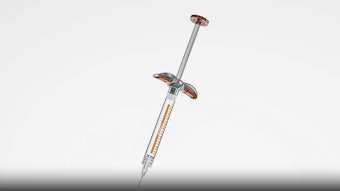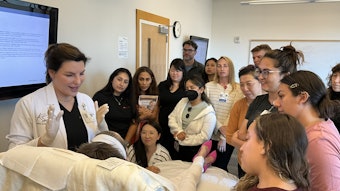
 Jamie O'Toole, associate managing editor for MedEsthetics.Jamie O'Toole
Jamie O'Toole, associate managing editor for MedEsthetics.Jamie O'Toole
The rapid evolution of AI has made minimally invasive treatments more advanced and successful, significantly increasing the capabilities and applications of treatments and making them more accessible and sought-after. With AI able to input patients’ unique medical history and data, including their genetics, surgeons will increasingly rely on AI to make real-time decisions in 2025 to improve accurate outcomes and reduce recovery time.
Minimally invasive treatments are attracting individuals who previously avoided medaesthetic procedures due to concerns about pain or downtime. The promise of subtle, natural-looking enhancements, combined with the convenience and minimal risks, is drawing in first-time patients seeking a more approachable and less intrusive way to address their aesthetic goals.
Finally, in 2025, as businesses pursue mergers and acquisitions, many will gain access to cutting-edge technologies that enhance their innovations in aesthetics. By partnering, both small and large companies will be better equipped to meet the growing demand for complex, minimally invasive procedures.
Here’s to a transformative 2025, where possibilities are endless,
Jamie O’Toole











